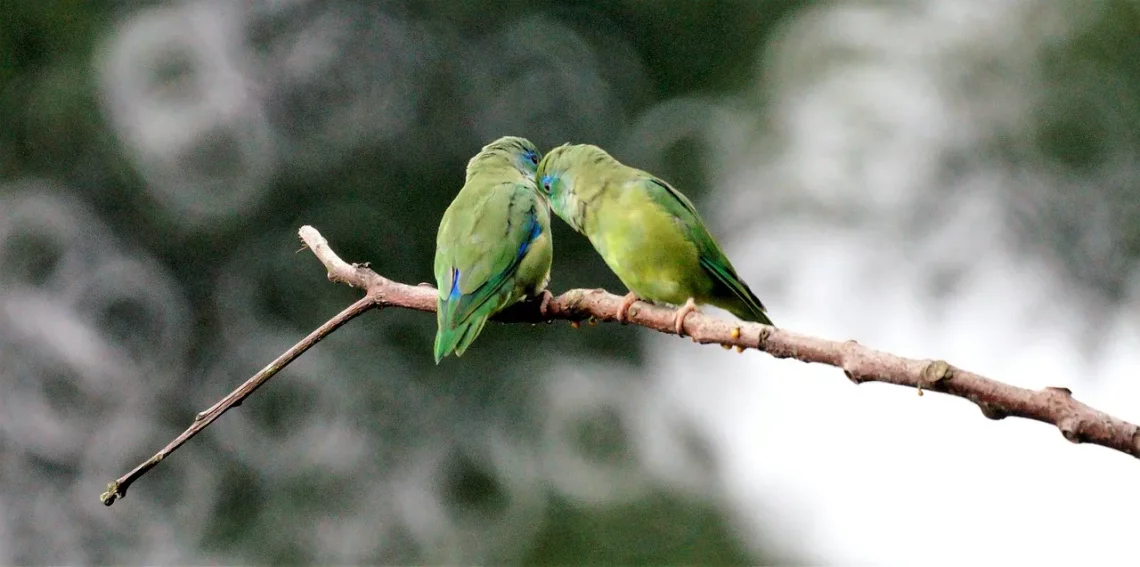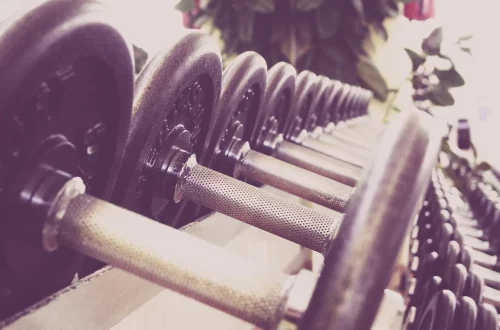
The Fascinating World of Pink Lovebirds: Care and Companionship
The charming and vibrant pink lovebirds have captured the hearts of many bird enthusiasts around the world. Known for their affectionate nature and playful personalities, these small parrots are not only visually stunning but also offer companionship that can bring joy to any household. Their unique colors and lively demeanor make them a popular choice for pet owners, but their care requires attention and understanding. From their social behaviors to dietary needs, lovebirds present both challenges and delights.
Understanding the dynamics of their social structures is crucial, as lovebirds thrive on companionship. This characteristic also means that potential owners should consider the commitment involved in keeping lovebirds, whether it be as a pair or individually. Exploring their habitat needs, diet, and social interactions can provide valuable insights for anyone considering welcoming these beautiful creatures into their home.
With their captivating personalities and striking appearance, pink lovebirds are more than just pets; they are companions that can enrich our lives. Let’s delve deeper into the world of these fascinating birds and explore the essential aspects of their care and companionship.
Understanding Pink Lovebirds’ Behavior and Social Needs
Pink lovebirds are known for their strong social behavior, which is deeply rooted in their natural instincts. In the wild, these birds are typically found in flocks, forming close bonds with each other. This social nature means that lovebirds thrive on interaction, both with their own kind and with humans. When kept alone, a lovebird may become lonely and stressed, leading to behavioral issues such as excessive screaming or feather plucking. Therefore, it is often recommended to keep them in pairs, ideally of the same gender, to ensure they have a companion to interact with.
Understanding their body language is key to building a strong relationship with your lovebird. These birds communicate through various gestures and sounds. For example, a lovebird that is content may puff up its feathers and chirp softly, while one that feels threatened might flatten its feathers and hiss. Recognizing these signals can help owners respond appropriately, ensuring the bird feels safe and secure in its environment.
Socialization also plays a crucial role in their development. Regular interaction with humans can help lovebirds feel more comfortable and confident. Engaging in activities such as talking, playing, and training can stimulate their minds and strengthen the bond between the bird and its owner. Moreover, lovebirds are known for their playful nature; toys, swings, and climbing structures can keep them entertained, preventing boredom and promoting physical activity.
When introducing new lovebirds to each other, patience is essential. Gradual introductions can help reduce stress and ensure that they form a harmonious relationship. Observing their interactions can provide insights into their compatibility, allowing owners to intervene if necessary.
In summary, understanding the social needs and behaviors of pink lovebirds is crucial for their well-being. By providing companionship, engaging in social activities, and fostering a safe environment, owners can cultivate a happy and healthy relationship with these delightful birds.
Creating the Ideal Habitat for Your Lovebirds
A well-designed habitat is vital for the health and happiness of pink lovebirds. These lively birds require a spacious and enriching environment to thrive. When selecting a cage, it’s important to choose one that is large enough to allow for flight and play. A minimum cage size of 24 inches in width, 24 inches in depth, and 36 inches in height is generally recommended for a pair of lovebirds. The bars should be spaced appropriately to prevent escapes, ideally no more than half an inch apart.
Inside the cage, various perches should be provided at different heights and widths to promote foot health and provide exercise. Natural wood perches are preferred over plastic ones, as they offer better grip and mimic their natural environment. Additionally, incorporating swings and ladders can encourage climbing and play, stimulating their natural instincts.
A crucial aspect of their habitat is the inclusion of toys. Lovebirds are intelligent and curious creatures, and they require mental stimulation to prevent boredom. Rotate toys regularly to keep their environment fresh and engaging. Chewable toys made from safe materials can also help maintain their beaks’ health.
The placement of the cage is another factor to consider. Lovebirds enjoy being part of the household activities, so placing their cage in a lively area can help them feel included. However, it’s essential to avoid direct sunlight and drafts, as these can lead to health issues.
Maintaining cleanliness in the habitat is equally important. Regularly cleaning the cage, changing the bedding, and providing fresh food and water can help prevent illness and ensure a healthy living space for your lovebirds.
In conclusion, creating an ideal habitat for pink lovebirds involves providing ample space, engaging toys, and a clean environment. By considering their needs and preferences, owners can ensure their feathered friends live a happy and fulfilling life.
Nutrition and Diet for Healthy Lovebirds
A balanced diet is essential for the health and vitality of pink lovebirds. These birds require a varied diet to meet their nutritional needs and support their lively nature. A high-quality seed mix formulated specifically for lovebirds serves as a good base for their diet. However, relying solely on seeds can lead to nutritional deficiencies, so it’s important to supplement their diet with fresh fruits, vegetables, and pellets.
Vegetables such as spinach, kale, carrots, and bell peppers provide essential vitamins and minerals. Fruits like apples, berries, and melons are not only tasty but also offer hydration and additional nutrients. It’s advisable to introduce new foods gradually, monitoring their reactions to ensure they are well-received.
While lovebirds can enjoy a variety of foods, some items should be avoided. Foods such as avocado, chocolate, and caffeine are toxic to birds and should never be offered. Additionally, high-fat and high-sugar foods should be given sparingly to prevent obesity and other health issues.
Offering fresh food daily is crucial, and any uneaten portions should be removed promptly to maintain hygiene. Clean, fresh water must also be available at all times. Consider using a water bottle to prevent spillage and keep the water clean.
Supplementing their diet with calcium and vitamins can further support their health, especially for breeding pairs or those that are molting. Consult with an avian veterinarian to determine the best supplements and dietary adjustments based on individual needs.
In essence, providing a balanced diet rich in variety is key to the well-being of pink lovebirds. With the right nutrition, these beautiful birds can live healthy, happy lives, filled with energy and vibrancy.
Building a Bond with Your Pink Lovebirds
Establishing a strong bond with your pink lovebirds is a rewarding experience that can enhance your relationship with these delightful creatures. Building trust takes time and patience, but the affectionate nature of lovebirds often makes the process enjoyable.
Start by spending time near their cage, speaking softly and allowing them to become accustomed to your presence. Avoid sudden movements that might startle them. Gradually, you can introduce your hand into their space, offering treats to encourage them to approach you. Positive reinforcement is crucial during this phase; rewarding them with their favorite snacks can help them associate you with pleasant experiences.
Once they are comfortable with your hand, you can begin to gently stroke them or encourage them to step onto your finger. This process may take time, and it’s important to be patient. If they show signs of distress, such as biting or fluttering away, give them space and try again later.
Interactive play is another excellent way to strengthen your bond. Engaging in activities such as playing with toys, teaching them simple tricks, or allowing them to explore safe areas outside their cage can create enjoyable experiences that enhance your relationship.
Lovebirds are social creatures, and they thrive on companionship. Spending time with them daily helps reinforce trust and affection. Even if you have multiple lovebirds, individual interactions are essential, as this ensures that each bird feels valued and secure.
In conclusion, building a bond with pink lovebirds involves patience, trust, and regular interaction. By creating positive experiences and engaging in activities together, you can foster a loving relationship that enriches both your lives.
—
Please note that while this article provides general information on lovebird care, it is not intended to serve as medical advice. For any health concerns regarding your pets, it is always best to consult with a qualified veterinarian.




